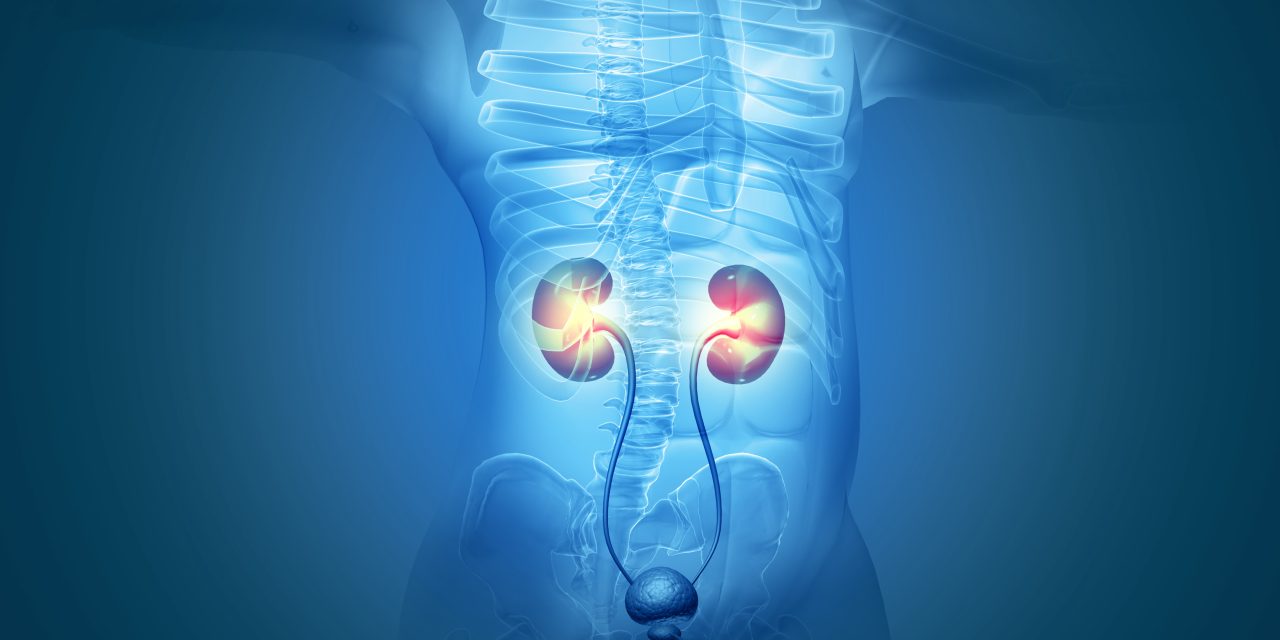For a review, researchers described the function and relevance of inflammation as a possible additional element in lower urinary tract symptoms and the course of benign prostatic hyperplasia. They discussed the histologic characterization and prevalence of prostatic inflammation, the consequences of inflammation in the prostate, including the risk of acute urine retention, and the impact of systemic inflammation on the prostate and voiding. Inflammation is a common finding in the prostate, both histologically and biochemically. Men with inflammation had higher IPSS scores and larger prostates, although the changes appear to be imperceptible. Men who are prone to inflammation have a greater chance of having acute urine retention, which is linked with severe morbidity. Attempts have recently been undertaken to find more precise biochemical indicators of local inflammation, as well as geographic patterns of inflamed tissue within the prostate, which may be related to higher IPSS scores, faster development, and AUR. The involvement of systemic inflammatory conditions, particularly MetS, in LUTS has also been investigated.
When viewed as a clinically significant entity, inflammation is a common observation in aging men’s prostates, although its contribution to lower urinary tract symptoms and benign prostatic hyperplasia development appears to be minor. Advances in the understanding of different types of inflammation and its impact, when encountered in different sites within the prostate, may help to deepen this understanding. Systemic inflammation impacts voiding, even in the absence of the prostate, although meaningful effects on the prostate are difficult to show. A considerable increase in the incidence of acute urine retention is linked to prostatic inflammation.
Reference:link.springer.com/article/10.1007/s11934-019-0917-1


